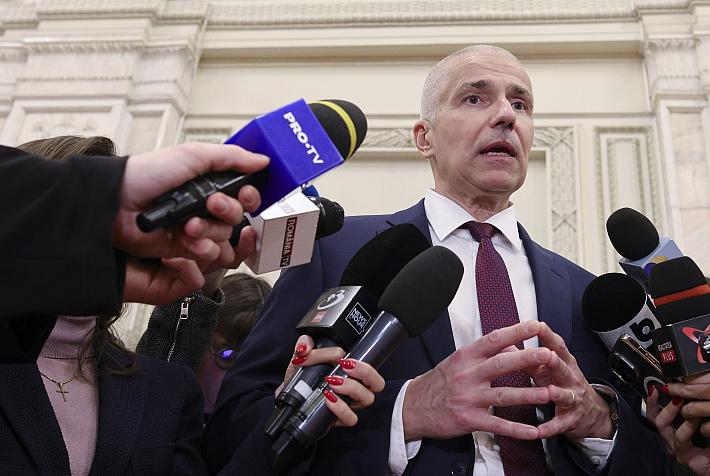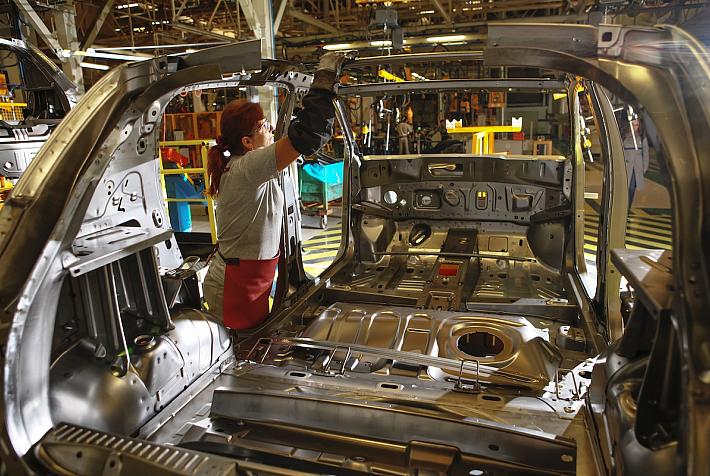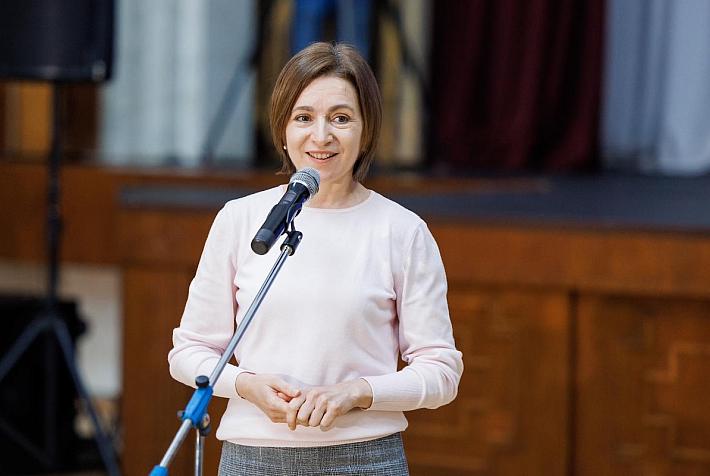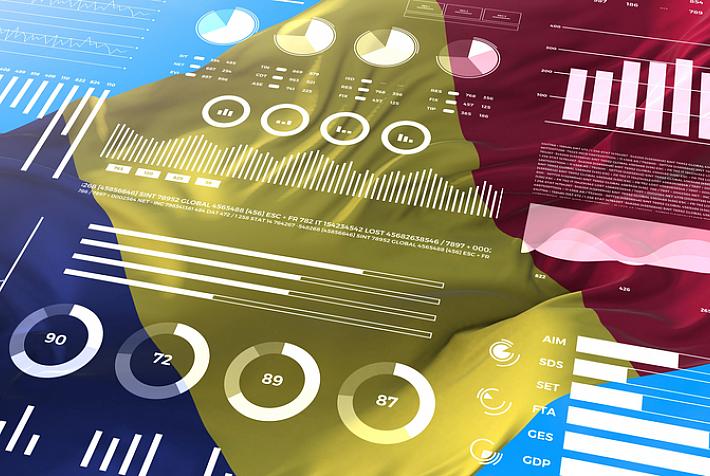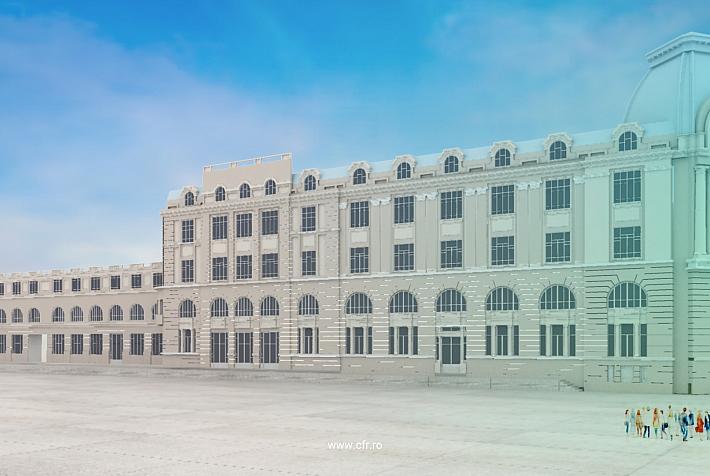Romania travel: Places to check out in Timișoara
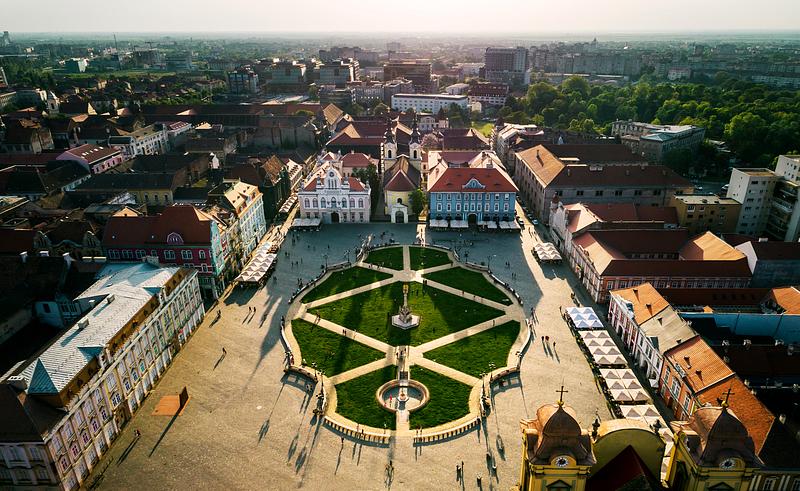
With its multicultural history, eclectic architectural heritage, and multicultural identity, Timișoara is an unmissable destination in the western part of the country. Even more so this year, as the city is brimming with events that are part of its European Capital of Culture program. We outline below some of the places to add to the list on a trip to Timișoara.
The Communist Consumer Museum
One of Timișoara's most visited and popular sites, the museum captures the way of life of most Romanians during Communism and saves it from oblivion. Its 2015 opening, which took place during the Night of the Museums event, attracted numerous visitors within the span of only a few hours and has since inspired several similar initiatives that opened throughout the country. It is the project of actor, director and musician Ovidiu Mihăiță, who also runs the Auăleu Theater, located on the same premises.
As people were throwing most of their things out and adopting a more consumerist mindset, the memory of an existence not so lo ago was disappearing fast, and the museum aims to preserve the details of the past era without a political or ideological agenda. It is set up as an apartment where visitors can discover thousands of items that populated local households before 1989, ranging from appliances, decorative items, rotary dial phones, and toys to tableware, clothes, sporting goods, newspapers or vinyl records. This is not a museum where things are encased behind a glass box, and the objects are there to be experienced in a tactile way, not just visually. There are old magazines and books to peruse, music to listen to, and numerous items to be tried, probed, and scrutinized.

Besides the Auăleu Theater, the venue also hosts the laid-back terrace Scârț Loc Lejer and its beautiful, lush garden.
Where: 1 Arh. Laszlo Szekely St., Bălcescu neighborhood; sharing the venue with Scârț Loc Lejer and Auăleu Theater. The museum can be visited free of charge; donations are accepted.
The Water Museum
This new addition to the city's tourist offer is the result of the refurbishment of Timișoara's first water plant. It highlights the Industrial Secession heritage (1914) of the former Urseni Water plant, the first water treatment plant in Timișoara, which opened in 1914 and was in use until 1990. The museum aims to reconstruct "the identity connections between people and places that marked landmarks in the city's evolution." At the intersection of science, technology and the arts, the museum is meant as "an area of experimentation and interdisciplinary creativity, where water, a vital element, becomes again a social binder, a subject of investigation, and a source of inspiration."
The site includes three historical buildings pertaining to the industrial Secession style, belonging to the old plant, with technological equipment well preserved, and a new access pavilion, an area that hosts temporary exhibitions and various cultural events. Visitors can explore the main stations on the water's technological route, the drilling, filtering, and pumping, and can relax in the plant's park.
Starting August 18, the museum hosts two exhibitions. Unseen creatures (Vietăți Nevăzute), gathering photographs taken during Sail Europe Around 2023 (SEA 2023), the expedition undertaken by the Romanian crew Circumeuropa. The second exhibition showcases several photos from the international exhibition I Remember Water, selected by the curating team of the Global Network of Water Museums Unesco-IHP. The images recall past water memories and "reflect on pathways that can help us shape our water futures."
Where: 26 Calea Urseni. It can be visited from Wednesday to Sunday, between 10:00 and 16:00. Access is free.
Viniloteca
Within walking distance from the Communism Consumer Museum, this cozy venue marries the concept of a vinyl record store with that of a coffee shop and beer bar. Even though the place is not very big, the selection of records is broad, catering to a wide range of tastes. Prior to the visit, you can check out what their offer in their online store here.
Where: 6 General Henri Berthelot St.
Kunsthalle Bega
This alternative and experimental art venue has been connecting audiences to the contemporary art scene since 2019. It was established by Alina Cristescu, Liviana Dan and Bogdan Rața through Calina Foundation, a non-profit active in contemporary arts for more than 16 years. The organization works to support "artistic production and understand the current issues of the creative spectrum from a curatorial perspective." It also runs various educational projects with diverse communities, one of them being the Kunsthalle Bega School, an educational area for children and teenagers offering a variety of courses and projects. The exhibition Different Degrees of Freedom, with works by artists Andreea Albani, Ștefania Becheanu, Andrei Bucovanu, Mircea Cantor, Ștefan Curelici, Judith Fegerl, Adrian Ganea, Marie-Claire Messouma Manlanbien, Sebastian Moldovan, Ciprian Mureșan, Cristian Rusu, Sinta Werner, and Anna Zvyagintseva, has just finished mid-August, but updates on upcoming exhibitions are available here.
Where: 10 Calea Circumvalațiunii, entrance using the exterior stairways facing the Ibis Hotel.
The U Barracks
The U-shaped building sitting between the city's Unirii and Mărăști square is again under the spotlight courtesy of the project after SCULPTURE/SCULPTURE after, part of the city's European Capital of Culture program. The construction has been out of use in recent years and is missing its windows and doors, but it has been fitted to accommodate the four sculpture exhibitions that make up the larger event. The three-storey barracks with exposed brick walls replaced the city's Vienna Barracks, erected during the 18th century but damaged in the siege of 1849, and held various names throughout its history, being known as the Franz-Joseph Barracks in 1859 and the Military Artillery School in 1923. More recently, in 2015, it hosted the first edition of the Art Encounters biennial. Besides sculpture exhibitions, the public can see on site The Buffet of Senses, an interactive exhibition looking at the elements defining the wine-tasting experience. More about it here.
Where: General Eremia Grigorescu St. The exhibition after SCULPTURE/SCULPTURE after is open Wednesdays and Thursdays from 13:00 to 20:00 and Friday to Sunday from 12:00 to 20:00.
The National Art Museum of Timișoara
Hosted by the Baroque Palace, a landmark construction in Unirii Square, the National Art Museum of Timișoara is one of the city's top attractions. The six halls of its European Art Gallery host works from the 15th to the 18th century, illustrating the Renaissance, Mannerism, Baroque and Rococo and pertaining to the Italian, German, Austrian, Flemish and Dutch schools. Visitors can also see here a collection of paintings from the region of Banat (1780 – 1914), displaying influences of the late Baroque, Neoclassicism, and the Biedermeier trend, as well as the Romanian Art Gallery, encompassing more than 150 paintings and sculptures created between 1850 and 1970 by some of the most important Modern Romanian artists. After a highlight exhibition on the work of Romanian surrealist painter Victor Brauner, the museum also hosts a showcase of the prehistoric culture of Cucuteni. The show, open until October 1st, presents adornments and cult items that are more than 5,000 years old, with items such as Hora de la Frumuşica (The Frumuşica Dance) and Soborul Zeiţelor (Council of Goddesses) among the 200 items on display.
Where: 1 Piața Unirii / Unirii Square
Faber
This independent cultural center, established by a group of Timișoara entrepreneurs working in sectors as diverse as architecture, IT, or culture, is located in the former Azur plant, which was founded close to 200 years ago by the local family Farber. The industrial hall of the Azur complex, sitting on the bank of the river Bega, in the city's Faber neighborhood, has been transformed and has become Faber, a venue where some 20 companies and teams of freelancers in the creative industries work or run events. Starting this spring, a new exhibition space was added to the premises, and the venue is hosting a series of events - exhibitions, conferences, and parties - as part of the city's European Capital of Culture program. More info here.
Where: 4-5 Splaiul Peneș Curcanul
(Opening photo: Unirii Square in Timisoara by Conceptw | Dreamstime.com)
simona@romania-insider.com







